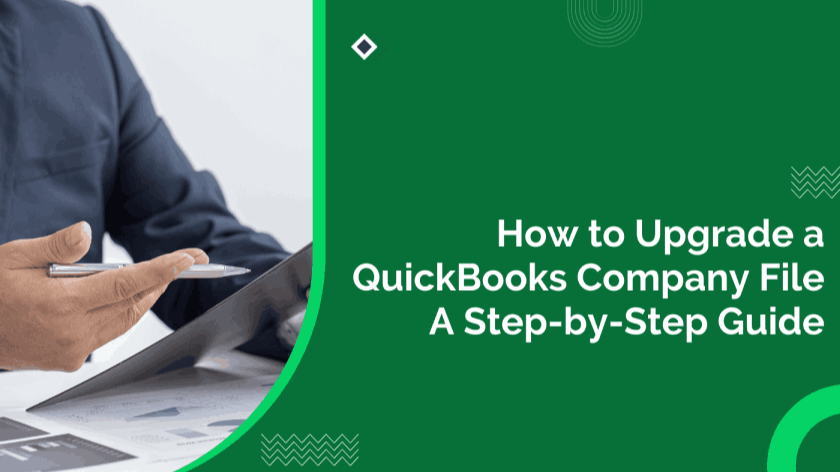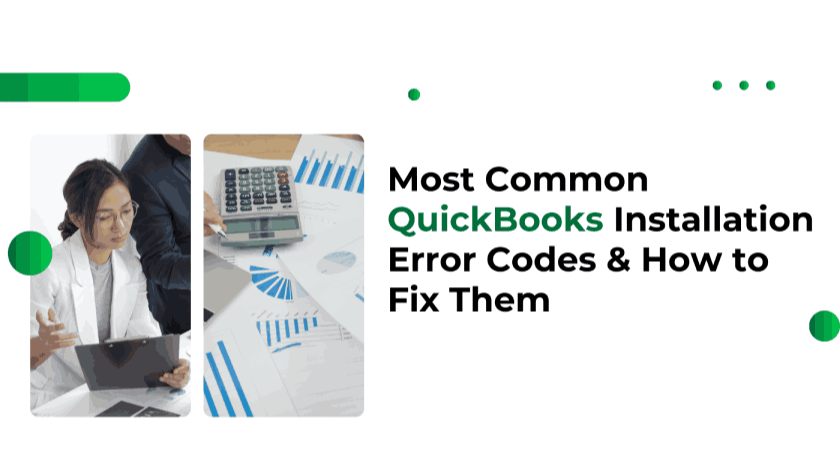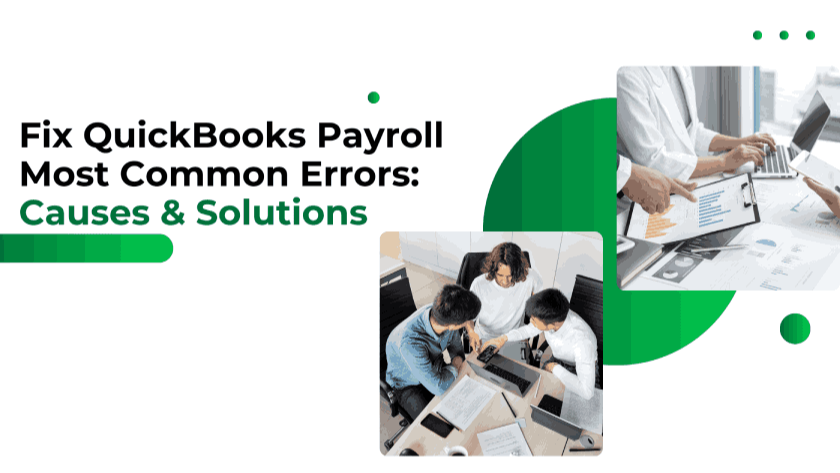QuickBooks is a vital tool for businesses worldwide, offering accounting solutions that streamline financial management. With each new release, Intuit introduces advanced features, improved security, and better overall performance. If you are planning to upgrade your QuickBooks company file in 2025, this guide will walk you through the entire process to ensure a hassle-free transition.
Why Upgrade Your QuickBooks Company File?
Upgrading your QuickBooks company file is essential to keep your business operations efficient and secure. Here’s why:
1. Access to Advanced Features
New versions of QuickBooks bring powerful features such as enhanced reporting, improved automation, and better third-party integrations. Upgrading ensures that your business benefits from these innovations, making financial management more effective.
2. Stronger Security Measures
Older versions of QuickBooks may lack the latest security updates, making them vulnerable to cyber threats. Upgrading to a newer version enhances data protection, reducing the risk of financial fraud and unauthorized access.
3. Compliance with Updated Regulations
As tax laws and compliance requirements evolve, newer QuickBooks versions are designed to align with these changes. This ensures that your business meets financial regulations without complications.
4. Improved Compatibility with Modern Systems
Upgraded QuickBooks versions support newer operating systems and software, reducing the chances of technical issues. If your business relies on multiple tools and integrations, upgrading ensures seamless operation.
Essential Preparations Before Upgrading
Before initiating the upgrade, certain preparatory steps are necessary to avoid disruptions.
1. Check System Compatibility
Ensure that your computer meets the hardware and operating system requirements for the new QuickBooks version. You can find specific system requirements on Intuit’s official website.
2. Create a Backup of Your Company File
A backup is essential to safeguard your financial data in case of any issues during the upgrade. Follow these steps to back up your QuickBooks file:
-
Open QuickBooks and navigate to File > Back Up Company
-
Choose a secure location to save the backup file
-
Verify that the backup was successfully created before proceeding
3. Update Your Existing QuickBooks Version
Before upgrading, ensure that your current QuickBooks version is updated. Running the latest updates minimizes potential errors when migrating to the new version.
4. Purchase and Install the New QuickBooks Version
Visit the official website or authorized vendors to purchase and download the latest QuickBooks version. Once downloaded, install the software following the on-screen instructions.
Step-by-Step Guide to Upgrading a QuickBooks Company File
Once your preparation is complete, follow these steps to upgrade your company file:
Step 1: Install the New QuickBooks Version
Step 2: Open the Newly Installed QuickBooks Software
After installation, launch QuickBooks and sign in with your Intuit account if prompted.
Step 3: Open Your Existing Company File
-
Click File > Open or Restore Company in QuickBooks.
-
Choose Open a company file and locate your existing company file.
-
Select the file and click Open.
Step 4: Upgrade the Company File
-
When opening the file in the new QuickBooks version, you will receive a prompt to upgrade it.
-
Review the on-screen instructions and select Update Now.
-
QuickBooks will create an automatic backup before upgrading. Confirm the backup location and proceed.
Note: Once the file is upgraded, it will no longer be accessible in older QuickBooks versions. Ensure that all team members switch to the new version.
Step 5: Verify the Upgraded File
After the upgrade, conduct the following checks:
-
Review financial records to confirm that all data is intact.
-
Generate reports and verify accuracy.
-
Check for any missing transactions or discrepancies.
Common Mistakes to Avoid During the Upgrade
Upgrading your QuickBooks company file can be seamless if you avoid these common pitfalls:
1. Not Creating a Backup
Failure to back up your data can lead to irreversible data loss if issues arise during the upgrade. Always secure a recent backup before proceeding.
2. Overlooking System Requirements
Running QuickBooks on an unsupported system may cause crashes and errors. Verify that your hardware and operating system meet the requirements.
3. Overwriting the Original File
Instead of replacing the original file, save the upgraded version separately. This provides a fallback option in case any issues occur.
4. Ignoring Multi-User Considerations
If you use QuickBooks in a multi-user environment, ensure that all users are logged out before starting the upgrade. This prevents conflicts and data corruption.
Post-Upgrade Best Practices
Once the upgrade is complete, follow these best practices to maximize efficiency:
1. Review and Update User Permissions
The new version of QuickBooks may introduce additional features that require user permissions to be adjusted. Review and update access levels accordingly.
2. Train Your Team on New Features
Ensure that your employees are familiar with the new functionalities. You can use Intuit’s training resources or professional training services from QB Advisors LLC for guidance.
3. Monitor Performance for Any Issues
Observe QuickBooks’ performance over the next few weeks. If you experience slowdowns or glitches, consider performing software updates and optimizations.
When to Seek Professional Assistance
Upgrading QuickBooks is typically straightforward, but certain situations may require expert intervention. Consider professional support from QB Advisors LLC if you:
-
Manage multiple company files and require a structured migration process.
-
Encounter errors or technical issues during the upgrade.
-
Operate a multi-user setup with complex permissions and integrations.
Expert assistance can help prevent data loss, system failures, and prolonged downtime.
Upgrading your QuickBooks company file is a crucial step to enhance your business’s financial management, security, and compliance. By carefully preparing for the transition and following the outlined steps, you can ensure a smooth upgrade process. Remember, taking the time to back up your data, verify system compatibility, and train your team will contribute to a seamless experience. If you need professional help, QB Advisors LLC is available to assist with expert guidance and troubleshooting.
Stay ahead with the latest QuickBooks version and empower your business with cutting-edge financial management tools.
 11183 Stone brook Dr. Manassas VA 20112
11183 Stone brook Dr. Manassas VA 20112
 Mon-Fri : 09:30 Am - 06:24 Pm
Mon-Fri : 09:30 Am - 06:24 Pm





